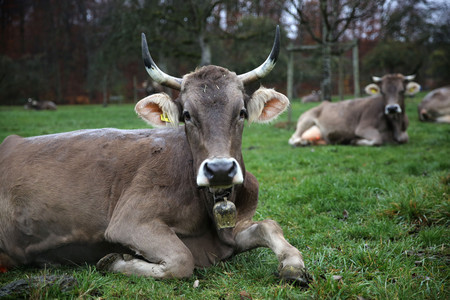Inclusive adventures: Mühlenkraft e. V.

Under the motto “Adventure for All”, the idyllic site around the former Harnbach Mill creates a wealth of experiences for people of all ages, with and without disabilities – an almost unique setting in Germany. Life transpires mainly outdoors, with people sleeping in tents or in the open air and cooking over an open fire. In bad weather, a cosy yurt serves as a meeting and gathering place.
The Franconian Alb Nature Park offers countless hiking trails and climbing opportunities and can be explored by bike or with the tip-proof “mountain scooter”. Guests can experience nature, test their strength and build up their self-confidence, not only on their own but also accompanied by a correspondingly trained team. The programme ranges from wilderness and adventure educational ideas for school classes to further training for students and specialists in youth social work, curative or social education, as well as team building for adults.
After a good ten years of use, various construction and renovation work is now due to be carried out so that the meeting centre can remain open year-round, thus securing its long-term future. With funding from the Software AG Foundation (SAGST), the first step is to build a bathhouse that can be used no matter what the season and to pave the car parks. Further measures, such as the construction of all-weather recreation rooms and overnight accommodation in huts or caravans, are planned for the future. “The new infrastructure will expand the concept considerably”, explains SAGST project manager Elke Rahmann. “This will particularly benefit children, youth, adults and families with assistance needs, for whom there are hardly any comparable nature-based leisure activities.”




